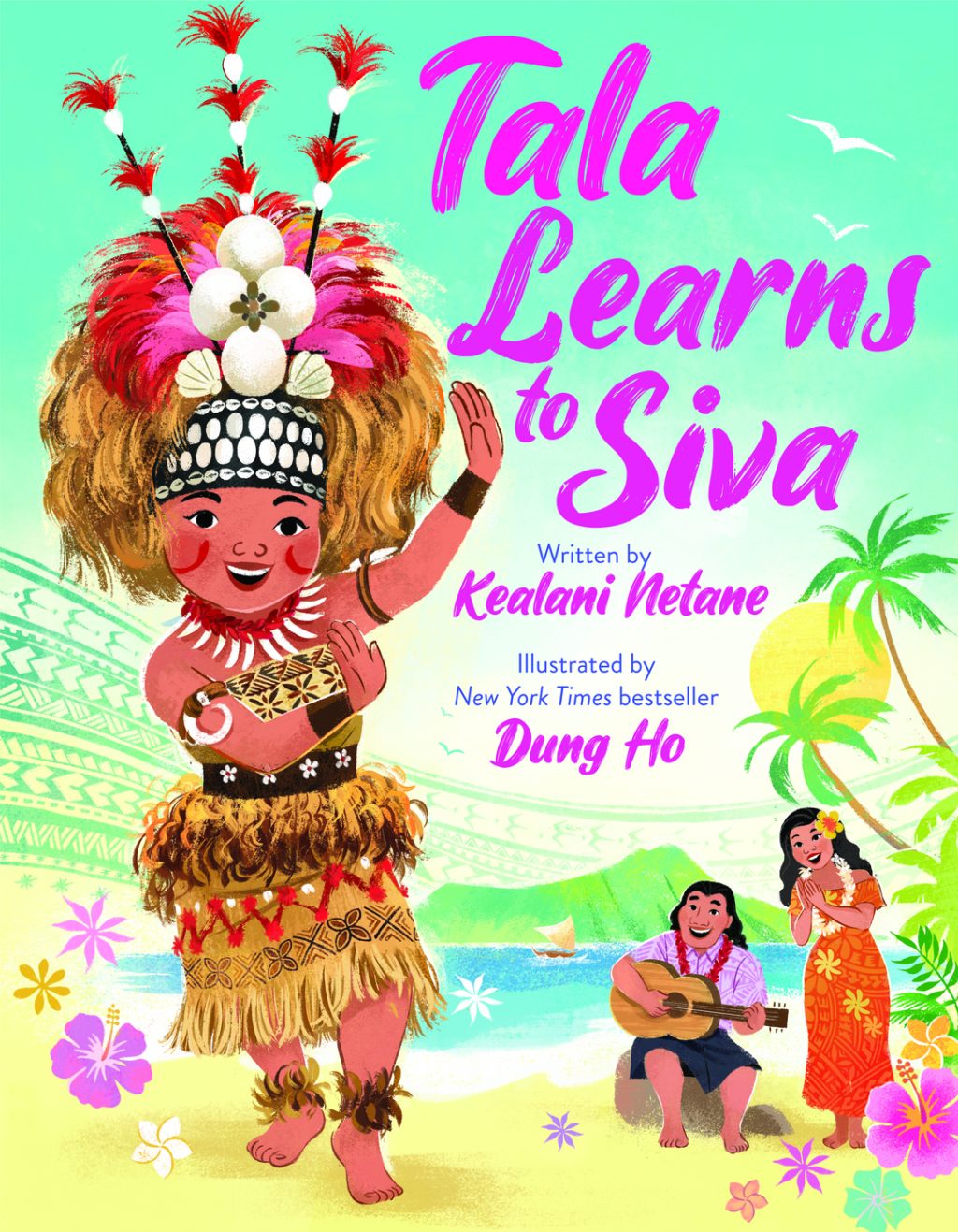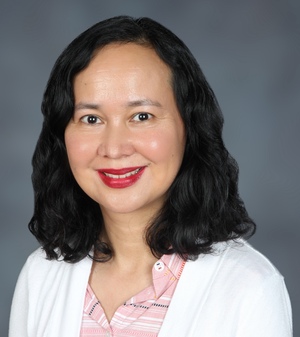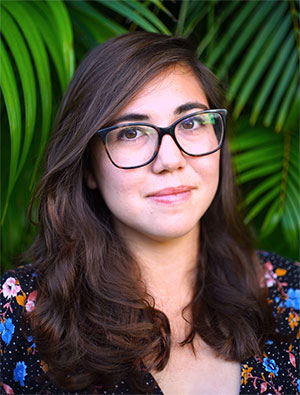 If you recognize Native Hawaiian/Sāmoan writer Kealani Netane’s name, you’re probably a fan of her popular bookstagram, Little Pasifika Readers. Or you might you recognize her from her thoughtful blog posts at Pacific Islanders in Publishing. Now add children’s book author to her list of professional accomplishments.
If you recognize Native Hawaiian/Sāmoan writer Kealani Netane’s name, you’re probably a fan of her popular bookstagram, Little Pasifika Readers. Or you might you recognize her from her thoughtful blog posts at Pacific Islanders in Publishing. Now add children’s book author to her list of professional accomplishments.
Her wonderful debut picture book, TALA LEARNS TO SIVA (Scholastic, 2024) is the sweetest story of a child’s desire to dance the traditional Sāmoan taualuga just as like graceful aunt. Through engaging text and beautiful illustrations by award-winning illustrator Dung Ho, young readers learn, like Tala, that they can do anything with practice and patience.
We are thrilled to talk story with Kealani today.
Aloha mai, Kealani! For those readers who haven’t met you yet, could you please tell us a little about yourself?
Aloha! I’m Kealani Netane. I am the author of TALA LEARNS TO SIVA, published by Scholastic. I am Hawaiian and Samoan. My dad is from ʻUpolu, Sāmoa, and my mom is from Waialua, Oʻahu and Honokaʻa, Hawaiʻi. I currently stay home with my three kids though I previously worked in education.
My biggest supporter is my husband, Xavier. He is my first critique partner and my last before I send a manuscript to my agent. He’s not a reader or a writer, but he is Samoan/Tongan so his cultural perspective is really helpful.We live in Kapolei, Hawaiʻi.
Where did you grow up? What high school did you grad from?
I was raised in Kailua, Oʻahu until my tween years when we moved to Kapolei. I graduated from Kamehameha-Kapālama in 2008.
Congratulations on your debut picture book! There are not a lot of books for kids by Native Hawaiian and Pacific Islander writers. Why do you think that is? What do you think we can do the change that?
Thank you! My grandma was a great storyteller. We would holoholo around the island and she’d tell fantastic stories about every area, but she was rarely interested in writing those stories down. For most of our culture’s existence, there wasn’t a need for books because we passed things down orally. As our world changed, books became more important. Now there is a need for children’s books by Pacific Islander writers. There are many efforts by local organizations to create books for our children, and there is a small but growing community of Pacific Islanders in U.S. traditional publishing. Even with all the current work being done, there is room for much more.
The CCBC found that only .002% of the books published in 2021 that they received were by Pacific Islanders (Link). That number doesn’t include the books published locally, only nationally. My biggest goal for my writing and my social media is for our children to have accessible books that mirror their life. Dr. Rudine Sims Bishop stated, “When children cannot find themselves in the books they read…they learn a powerful lesson about how they are devalued in the society of which they are a part” (Link). In order for there to be more books by, about, and for Pacific Islander children, there needs to be more Pacific Islanders in every sector of the publishing world. We should all be helping to lift and build others up to ensure that our children have access to our stories.
I’m really excited about the growing number of Māori and Pasifika authors in Aotearoa. The work they are doing there is truly inspiring. I’m hoping there will be more upcoming Pacific Islander authors in the U.S., especially those of Micronesian and Melanesian descent. Many people have reached out to me asking specifically for books from those communities. We definitely need more books for all of Oceania.
We agree! So what inspired you to choose Sāmoan dance for your debut novel?
I am a dancer. I grew up dancing hula, but I always loved watching older girls dance the taualuga. I thought they were the most beautiful and graceful dancers. As I grew older, I learned how to dance the Samoan siva and slowly came to understand the meaning behind the dance. In some ways, this picture book is a reflection of my own life. And in other ways, it’s reflective of how I want to pass on this traditional knowledge to my own children.
What beliefs are your work challenging?
TALA LEARNS TO SIVA is challenging the belief some people that Polynesian dances are purely for their entertainment. I do want to push back on the tourist-centric ideas people have about our islands and cultures. I want our children to see that their culture is for them first.
You also run a popular bookstagram. When did you start Little Pasifika Readers and why? What are your goals? What inspires you to write your posts and articles?
I started my bookstagram, Little Pasifika Readers, in early 2021. When I started writing in 2020, I collected resources on Pacific Islander children’s literature. It was difficult to find books, and I imagined others also had a hard time, so I created an avenue to share those resources. I was already following a few other Pasifika bookstagrams and found a community with them when I created my own.
My prevailing requirement for posting a book is that the book has to be written or illustrated by a Pacific Islander. There are many books about us, but not as many books by us. My next requirement is that the book has to be accessible, meaning the book either needs to be available at public libraries or there needs to be a website where people can easily purchase the book.
What are your hopes and dreams for the year and beyond in terms of your social media/writing career and what you would like to see published in the future?
I have so many book and career ideas that I don’t have the time to do all of them, so I have to pick and choose which projects I want to take on. My bookstagram account is something fun that I do on the side, and my focus with that is to continue to share resources for people to find Pacific Islander authored children’s books. I don’t keep up with it as much as I’d like because my focus is more on Pacific Islanders in Publishing and the work I do with Keala Kendall and Manuia Henrich. We are working on creating development opportunities for Pacific Islander writers and continuing to share new book releases.
For my writing, I hope to finish the edits of a picture book I’m working on, and then I hope to keep working on my middle grade and young adult projects. I don’t know if I’ll finish those projects this year, but hopefully they will be ready for submission in the next couple of years. I also have other picture book ideas lingering on my computer that I’m unsure about, but I hope to find ways for them to work.
As for projects outside of my own, I’d love to see more Pacific Islander authored books in all genres, especially adult romance and contemporary middle grade and young adult.
Can you share a bit about what youʻre working on next?
I have another picture book project that I’m looking forward to announcing soon. I am also working on a middle grade novel and a young adult novel. Both of those projects are still in the early phases, so it’ll be many years before they will be ready for publication.
What do you enjoy most about writing, especially for kids? What are some of your greatest challenges?
What I love most about writing for kids is that kids are very glued into the specifics. When writing, I have to look at things from the mind of a child and children notice everything so I have to notice everything. Children are fascinated by the things adults often take for granted, so writing children’s books helps me slow down and appreciate life a bit more.
The greatest challenge when writing picture books is being able to tell an entire story arc in very little words. We also have to leave space for the illustrator to tell their story. So it’s a balancing act.
What kinds of books do you enjoy reading? Any favorites?
I love all kinds of books. I read across age groups and genres. There are a bunch of books I’ve recently read and enjoyed. In the picture book category, I loved Finding Papa by Angela Pham Krans and We Who Produce Pearls: An Anthem for Asian America by Joanna Ho. I really enjoyed the middle grade novel, Mani Semilla Finds Her Quetzal Voice by Anna Lapera. I felt like a proud aunty reading Mani’s feminism journey. My favorite young adult book so far this year is Dragonfruit by Makiia Lucier. The story is so heartwarming and adventurous.
In the adult category, I love reading romance and genre fiction. My favorite romance authors right now are Kennedy Ryan and Tia Williams. My favorite genre fiction book is Evil Eye by Etaf Rum.
I also love non-fiction books, especially books focused on Indigenous knowledge like Braiding Sweetgrass by Robin Wall Kimmerer and social justice like Angela Davis’ Freedom is a Constant Struggle. I’ve been getting into more historical books, and I learned so much from Aloha, Betrayed by Noenoe Silva and The Hundred Year Walk: An Armenian Odyssey by Dawn Anahid MacKeen. I’ve also been slowly reading more poetry books, and my favorite right now is ‘Āina Hānau/Birth Land by Brandy Nālani McDougall. I truly feel seen by her poems.
As you can probably tell, I love reading, and I try to read as much as I can although I don’t nearly have enough time to do so. I do keep a running list on my phone of books I want to read.
What advice would you give an aspiring author/blogger?
My advice for aspiring writers is to observe, learn, write, edit, seek feedback, and edit more. Observe yourself. Observe those around you. Learn from our chants, songs, legends. Learn from your own family history. Learn from what has already been written. Learn from other writers. Then, write. There’s only so much we can do in our heads. As the ʻōlelo noʻeau tells us, ma ka hana ka ʻike. We learn best when we actually write. Next, find a writing community. They will help with feedback. And edit, edit, edit. Once everything is ready, either self-publish or query agents/publishers. Also, you don’t have to write something cultural. Write whatever you want.
Are you active on social media? How can readers find out more about you and your work?
My website is kealaninetane.com. I also write the blog posts for Pacific Islanders in Publishing. Our blog posts are focused on showcasing the latest published books by Pacific Islanders and helping Pacific Islanders navigate the publishing industry.
Mahalo nui, Kealani, for sharing your manaʻo with us and for the good work you’re going to encourage more Pacific Islander creators. We look forward to seeing more from you! To learn more about Kealani Netane, please visit her website, Kealani Netane.com, her blog posts at Pacific Islanders in Publishing, and her bookstagram, Little Pasifika Readers.
Images courtesy of Kealani Netane.


























